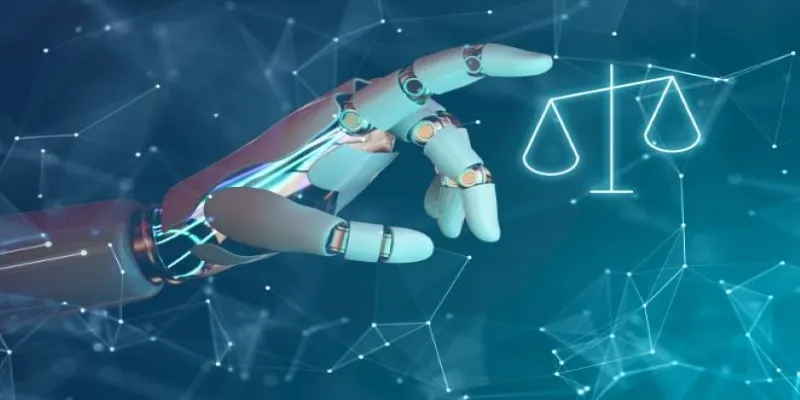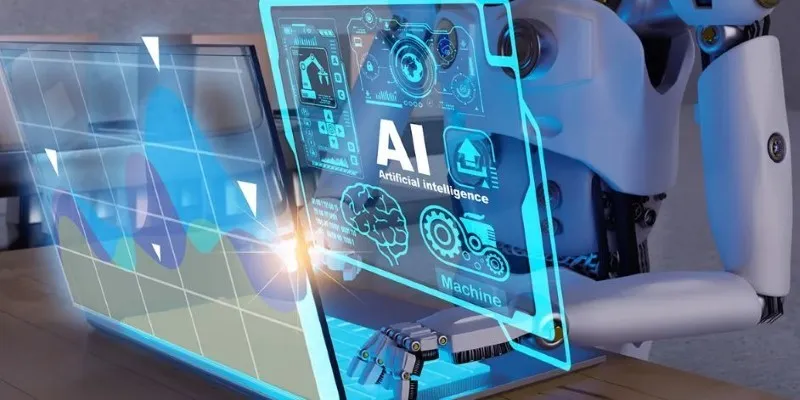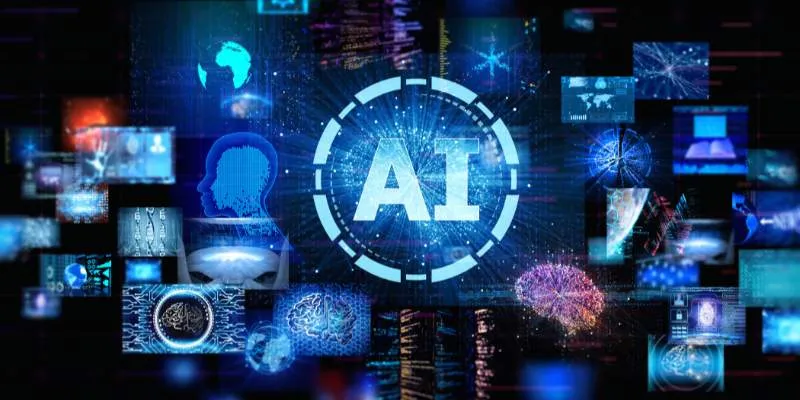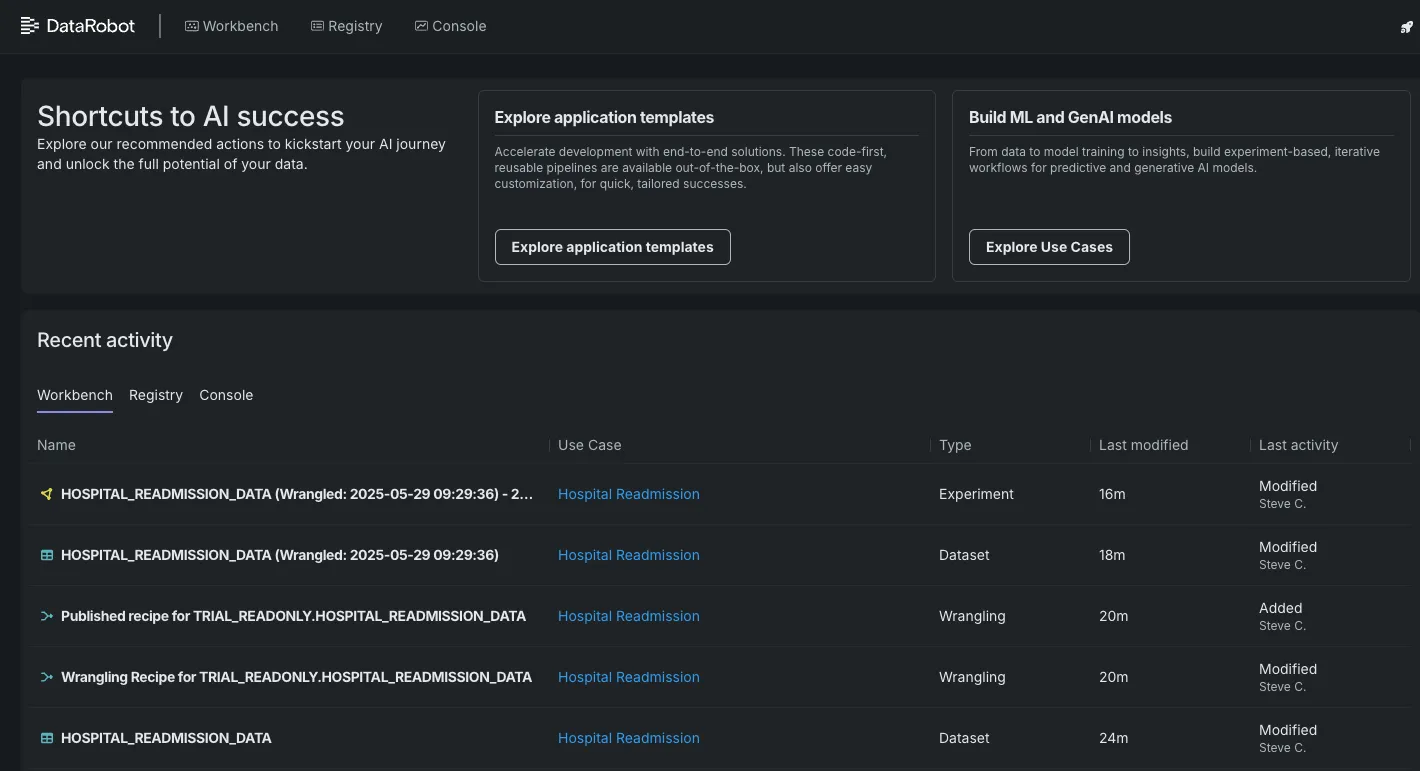Artificial General Intelligence (AGI) is a type of AI capable of understanding and performing any intellectual task humans can do. Unlike current AI, which is specialized, AGI aims to think and learn like humans. Many wonder if we’ll see AGI within our lifetime, raising excitement and questions about its challenges, possibilities, and impact on society.
What is Artificial General Intelligence?
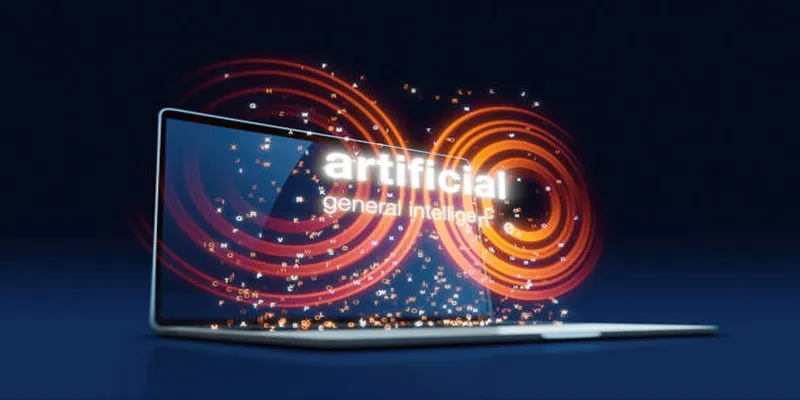
Artificial General Intelligence (AGI), often referred to as “strong AI” or “human-level AI,” represents a system that can perform any intellectual task a human can do. Unlike narrow AI—which is designed for specific tasks like playing chess or diagnosing diseases—AGI would have the ability to reason, learn, and adapt to a broad range of challenges without requiring task- specific programming.
Key Characteristics of AGI Include:
- General Learning : AGI can learn and solve problems in entirely new domains, just like humans do. For example, it might learn a language, pick up a musical instrument, and perform statistical analysis without needing different, specialized systems for each.
- Self-awareness : Being capable of understanding itself and its impact on the world, AGI would have qualities akin to human consciousness, which could lead to ethical concerns.
- Flexibility : It would adapt seamlessly across different problem domains, making its abilities far superior to current task-specific systems like chatbots or recommendation algorithms.
How Close Are We to Achieving AGI?
The road to AGI starts with incredible breakthroughs in narrow AI, which we’re already seeing today. Language models like OpenAI’s ChatGPT, image-generation tools like DALL-E, and AlphaFold’s revolution in protein structure prediction all hint at the growing sophistication of AI systems.
Here’s how these advancements show both progress and the remaining gap toward AGI:
1. Advances in Machine Learning and Neural Networks
Current AI models, particularly those using deep learning, have pushed the boundaries of what machines can do. For instance:
- GPT-4 and Natural Language Understanding : AI models can now converse, summarize, and even write essays that resemble human thought patterns. But while impressive, these systems rely on vast amounts of training data and struggle with tasks outside their programming.
- AlphaGo and Strategic Thinking : DeepMind’s AlphaGo defeated world champions in the game of Go, making some argue that AI is capable of strategic and adaptive learning. However, this type of reasoning is highly domain-specific, unlike AGI’s generalized approach.
2. Efforts in Multi-modal AI
AI is starting to combine multiple skills—for example, understanding language, vision, and logic simultaneously. This type of versatility is seen as a stepping stone toward AGI. Google’s Pathways AI is one such example, aiming to create AI that can generalize knowledge across tasks.
3. Timelines Predicted by Experts
Prominent voices in the AI community have offered varying opinions on when AGI might become reality:
- Optimists like Ray Kurzweil predict AGI could emerge by 2030 due to exponential advancements in computing power and AI research.
- Skeptics , including some cognitive scientists, argue that despite advancements, we remain decades (or more) away because we lack the understanding of how human cognition truly works.
While incremental innovations are bringing us closer, AGI requires breakthroughs in areas like unsupervised learning and machine reasoning far beyond current AI capabilities.
Challenges of Building AGI
Despite the progress, the quest for AGI faces enormous challenges:
1. Understanding Human Intelligence
To build an AGI system, researchers need not only technological advances but also deeper knowledge of how human cognition works. Neuroscience is still unraveling the complexities of the human brain, such as consciousness, memory, and decision-making processes.
2. Computation Power and Resources
AGI demands massive computation power and vast storage capabilities. Current AI solutions are incredibly resource-intensive; scaling this up for AGI, which requires understanding and learning across diverse domains, would exacerbate these challenges.
3. Ethical and Safety Concerns
An AGI system that can think, learn, and make decisions autonomously raises major ethical questions:
- If it becomes self-aware, does it deserve “rights”?
- Who is responsible if AGI systems act against human interests?
- How do we ensure AGI doesn’t perpetuate biases or cause harm?
Ensuring AGI operates safely and ethically could require years of developing robust safeguards.
4. Alignment Problems
Another significant challenge is creating AGI systems whose goals align with human values. Misaligned AGI could unintentionally cause harm by pursuing goals that differ from what we intended. For example, an AGI optimizing for environmental sustainability might conclude that reducing human populations is the most effective strategy.
Could AGI Happen Within Our Lifetime?
The answer depends on three main factors:
- Technology Development : Breakthroughs in AI models, increased computational power, and interdisciplinary research will play a critical role.
- Collaboration : AGI research requires collective global effort from AI experts, ethicists, policymakers, and philosophers.
- Direction of Focus : Will AI researchers continue refining narrow AI, or will they devote more resources to exploring general intelligence?
Some studies suggest that AGI is highly plausible but that its realization could extend beyond our lifetimes. The pace of progress in AI is unpredictable, and while we may see significant milestones, true AGI may remain a vision just out of reach.
What Would AGI Mean for Society?
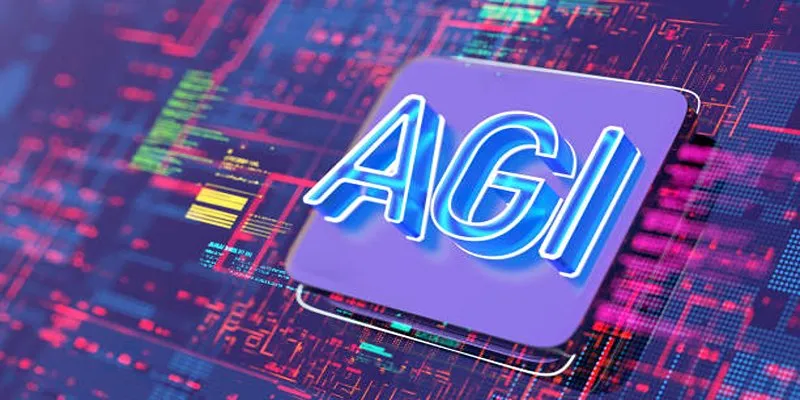
If AGI becomes a reality, the societal implications will be immense:
- Transformation of Industries : From healthcare to manufacturing, AGI could revolutionize nearly every industry by automating processes and generating new solutions.
- Human-AI Collaboration : With AGI handling complex tasks, people could focus more on creative and strategic endeavors.
- Global Risks : AGI’s capabilities also pose risks, from economic displacement of workers to the potential misuse of AGI for malicious purposes.
Striking a balance between the opportunities and risks of AGI will require vigilant oversight and governance.
Preparing for the Future
While AGI remains a distant goal, the possibilities it represents are inspiring. Achieving it will require collaboration across disciplines, breakthroughs in science, and a firm commitment to ethical considerations. Businesses, policymakers, and individuals should prepare for the gradual changes that increasingly advanced AI will bring.
Whether AGI emerges in 10 years or 100, the steps we take today will shape how we interact with this groundbreaking technology tomorrow.
Conclusion
Artificial General Intelligence represents both a profound opportunity and a significant challenge for humanity. By fostering innovation while maintaining a focus on ethical and responsible AI development, we can ensure that this potential technology becomes a force for good. The choices we make now will not only determine the trajectory of AGI but also its role in shaping the future of society.
 zfn9
zfn9









